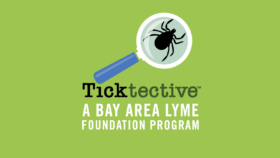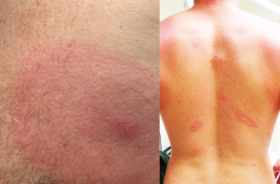Written by: Christina P. Kantzavelos
Driven by a desire to create a centralized resource and supportive community for those impacted by Lyme and tick-borne disease, the San Diego Lyme Alliance (SDLA) was formed as an affiliate of the Bay Area Lyme Foundation in 2019. The challenges of navigating Lyme disease are vast and need not be faced alone. So following in the footsteps of past and existing local Lyme support groups, SDLA established three regional “Circle of Support” group meetings in Carlsbad, Scripps Ranch and La Jolla. Creating this safe space for open dialogue enabled Lyme patients, family and caregivers to build meaningful connections, feel supported and stay informed.
In March 2020, life changed abruptly. COVID-19 demonstrated the importance of human communication and connectedness, with a rise in feelings of isolation, depression and anxiety. While the pandemic presented the challenges of isolation, it also provided the opportunity to explore new ways of interacting and building meaningful connections. Quick to adapt to the online virtual world via Zoom, the “Empowerment Circle” (EC) was born in June 2020. Initially facilitated by Mark Guay, Christina P. Kantzavelos and Patricia Cosulich have joined as co-facilitators to round out the EC Team. Over time our group has brought together participants from San Diego and beyond, including San Francisco, the east coast, and even Canada. The pandemic presented an unexpected opportunity to bring people together more effectively, transcending time, geographical separation and physical limitations.







